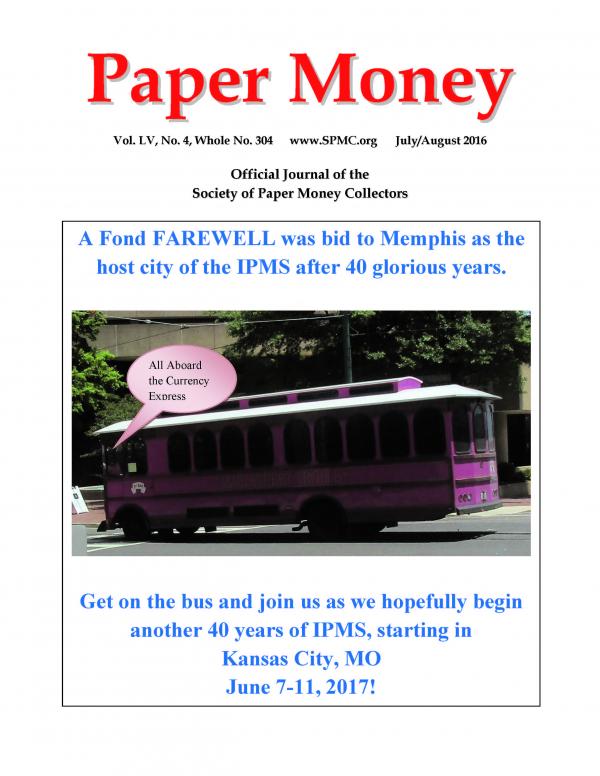Please sign up as a member or login to view and search this journal.

Table of Contents
The Classification of National Bank Titles--Peter Huntoon 235
The "New Design" of Philippine Banknotes--Carlson Chambliss 261
BEP Currency Overprint Processing Equipment--Ed Zegers 268
How Four People Changed the History of the U.S.--Steve Jennings 272
First Serial Numbers on 1934 Series FRNs--Jamie Yakes 284
Uncoupled--Joe Boling & Fred Schwan 288
An Historic Momemt in MPC Collection--Boling & Schwan 292
Interesting Mining Notes--David Schwenkman 294
Obsolete Corner--Robert Gill 296
Chump Change--Loren Gatch 298


